Cheshire Day is celebrated each year on 30th March. The date commemorates the day in 1300 when Edward I confirmed a charter of liberties for Cheshire, sometimes dubbed the Magna Carta of Cheshire. In celebration, we present our Seven Wonders of Cheshire.
Cheshire Landscapes
Much of Cheshire lies in the great lowland expanse of the Cheshire Plain. The Plain extends up to Cheshire’s northern border (the Mersey) and beyond Cheshire’s southern border, into Shropshire. Westwards, the Plain extends beyond Cheshire to the Welsh hills, and eastwards to the Peak District. In the county’s north-west is the Wirral peninsula, separating the Dee and the Mersey. The City of Chester, founded in AD79, stands on the Dee close to the Flintshire border.
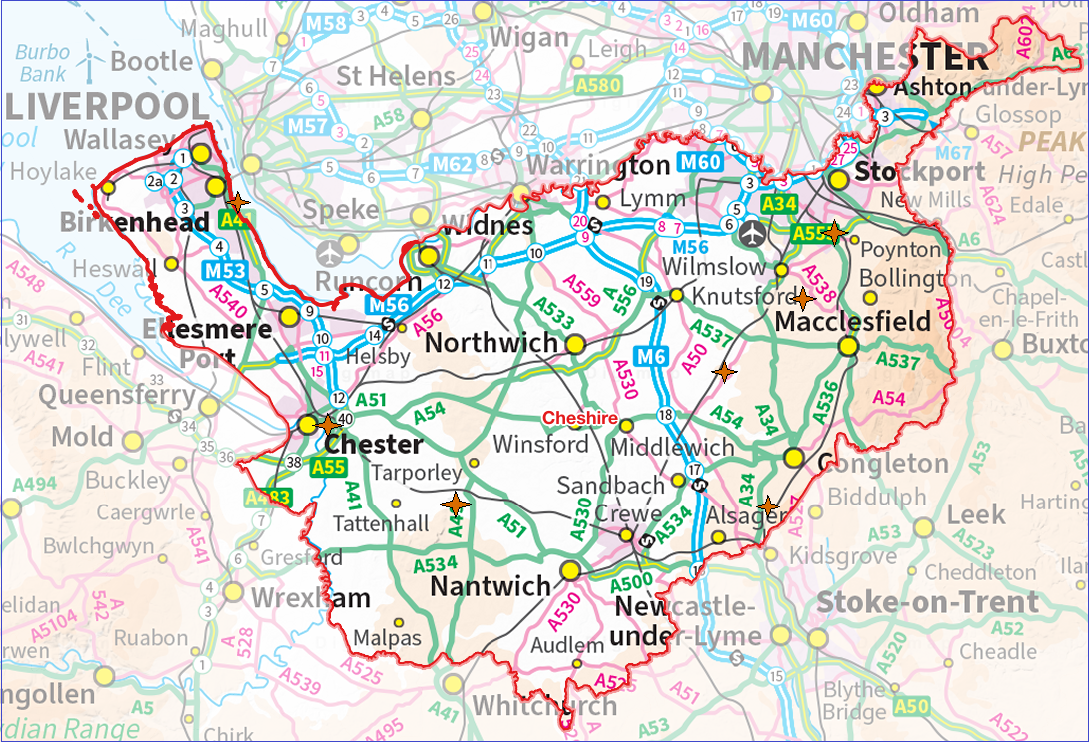
Along Cheshire’s border with Lancashire, the rivers Mersey and Tame, are many industrial and suburban towns, including Altrincham, Sale, Stockport, Hyde and Stalybridge. The central part of the county has been a salt-mining area since Roman times, especially around Nantwich, Northwich and Middlewich. The rest of the county is largely rural but with many historic towns, including Knutsford, Wilmslow, Alderley Edge, Macclesfield, Congleton and Crewe. The famous ‘panhandle’ forms the far north-east of Cheshire, stretching up to the county top, Black Hill, on the Yorkshire border.
1. Birkenhead Priory
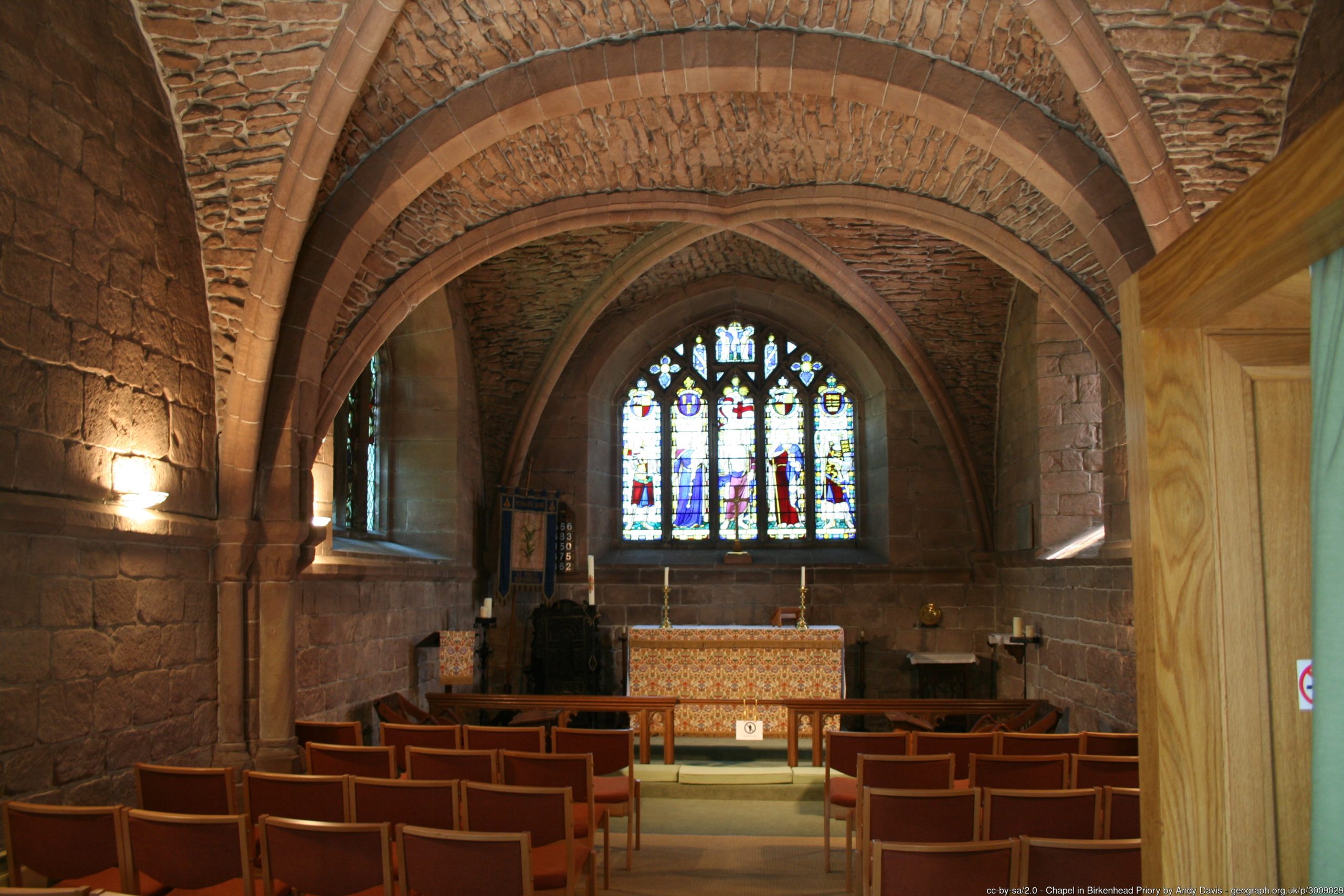
On the north-east coast of the Wirral, on the banks of the Mersey, are the remains of Birkenhead Priory, founded around 1150 by Hamon de Masci, 3rd Baron of Dunham Massey. The Mersey Ferry has its origins in the monks of the priory charging a small fare to row passengers across the river. In 1330, Edward III granted a charter to the Priory and its successors forever: “the right of ferry there… for men, horses and goods, with leave to charge reasonable tolls”. The priory operated the ferry until its dissolution in 1536. After the dissolution, the 12th-century Chapter House became a chapel, a role it still serves in today. The Scriptorium, above the Chapter House, dates from around 1375. The Refectory also survives, now used as a room for classes, concerts, dinners and receptions. Birkenhead remained a hamlet until the arrival of shipbuilding in the 19th century. Now surrounded by factory units and shipyards, Birkenhead Priory is an oasis of calm in a busy world.
2. The Rows, Chester
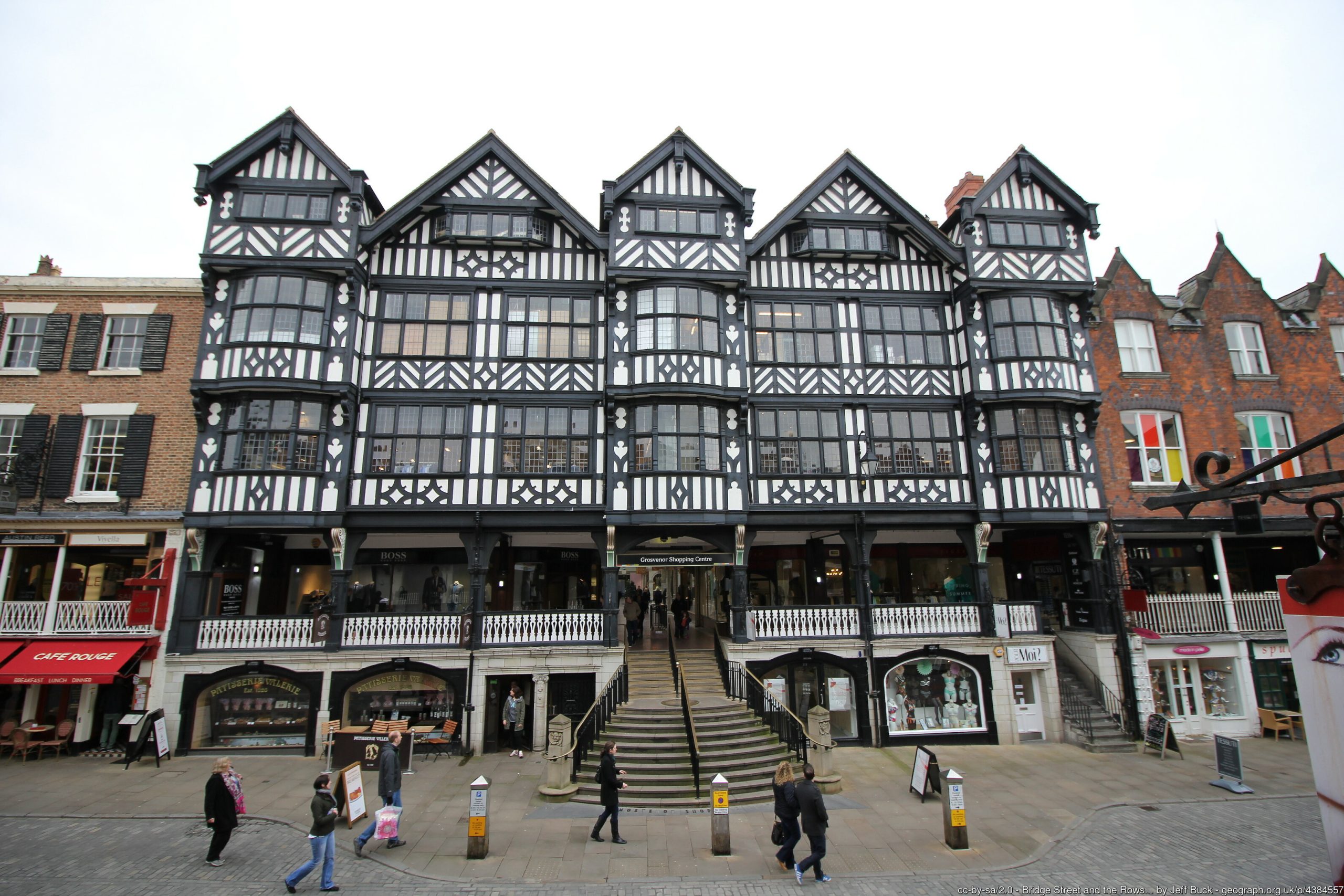
The ancient city of Chester, standing on the River Dee, was founded as the Roman fort of Deva Victrix in AD 79. Its four main roads, Eastgate, Northgate, Watergate and Bridge, follow routes laid out at this time. The most important Roman remain is the amphitheatre. The city walls comprise the most complete Roman and mediæval defensive town wall system in Britain. The Rows are unique two-tiered timber-framed galleries that line the main streets of Chester. The Rows have shops at ground level and, up steps, a second tier of shops protected by covered walkways. Many have stone undercrofts. The Rows, in some form, have existed since the 13th century.
3. Beeston Castle
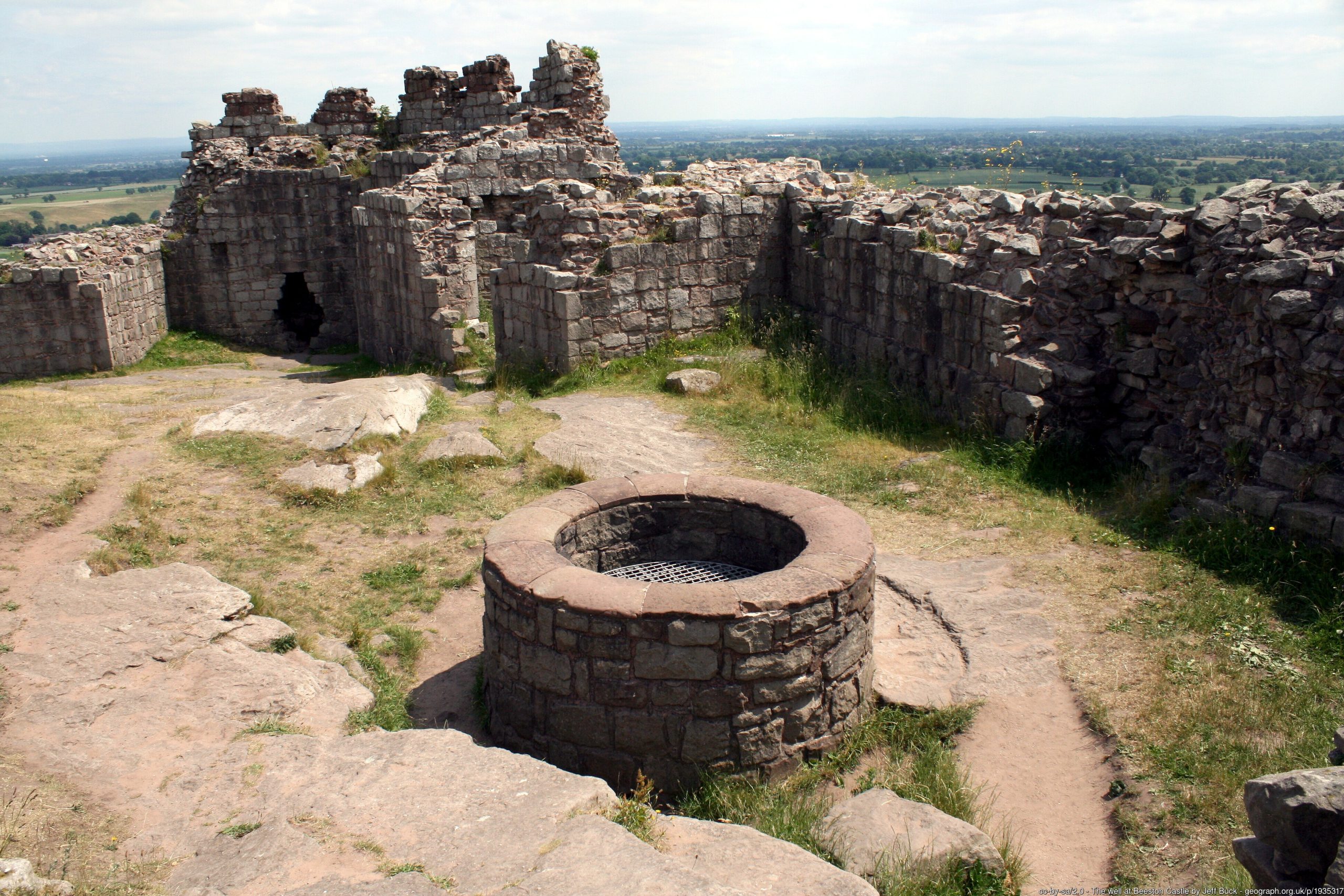
Spectacularly perched on Beeston Crag, 350ft above the Cheshire Plain, is the former Royal stronghold of Beeston Castle. It was built in the 1220s by Ranulf de Blondeville, 6th Earl of Chester, on his return from the Crusades. In 1237, Henry III took over the ownership of Beeston, and it was kept in good repair until the 16th century. Although now in ruins, enough of the walls and towers are still in place to provide a clear picture of how it looked in its prime. It’s crowning glory, the inner bailey, is defended by a rock-cut ditch and a mighty double-towered gatehouse. The famous castle well is traditionally believed to be the hiding place of Richard II’s treasure. The crag itself has been occupied since the Bronze Age and is the site of an Iron Age hill fort. There are spectacular views across the Cheshire Plain.
4. Little Moreton Hall
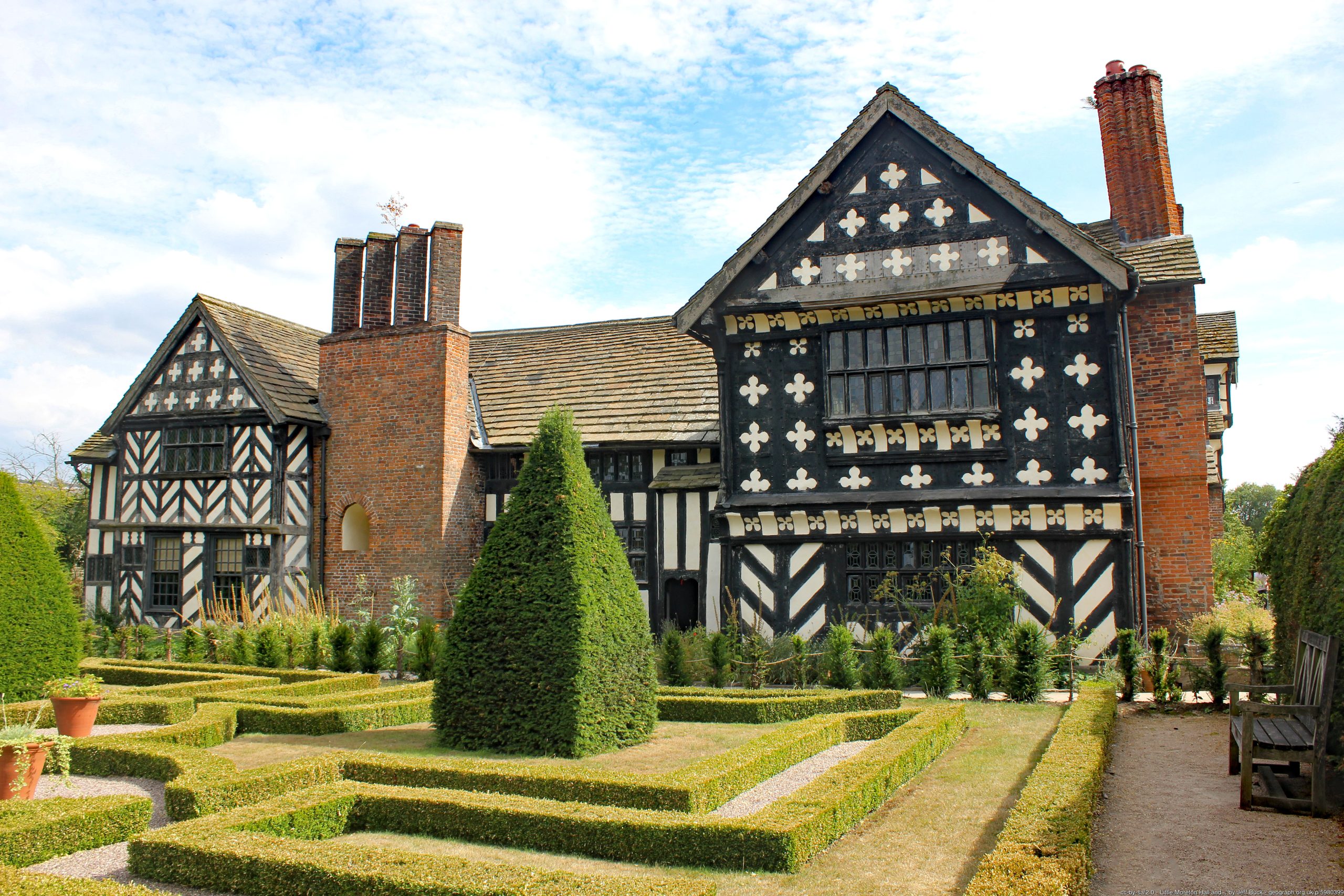
Little Moreton Hall is a moated half-timbered 16th-century manor house near Scholar Green in the south-east of Cheshire. The earliest parts of the house were built for the prosperous Cheshire landowner William Moreton in about 1504–08 and the remainder was constructed in stages until about 1610. The house remained in the possession of the Moreton family until ownership was transferred to the National Trust in 1938. The building has three asymmetrical ranges forming a small cobbled courtyard. The house stands on an island surrounded by a 33-foot wide moat, probably dug in the 13th or 14th century to enclose an earlier building on the site. The National Trust describes the house as an “Iconic Tudor Manor House with wonky angles and quirky character”.
5. Alderley Edge
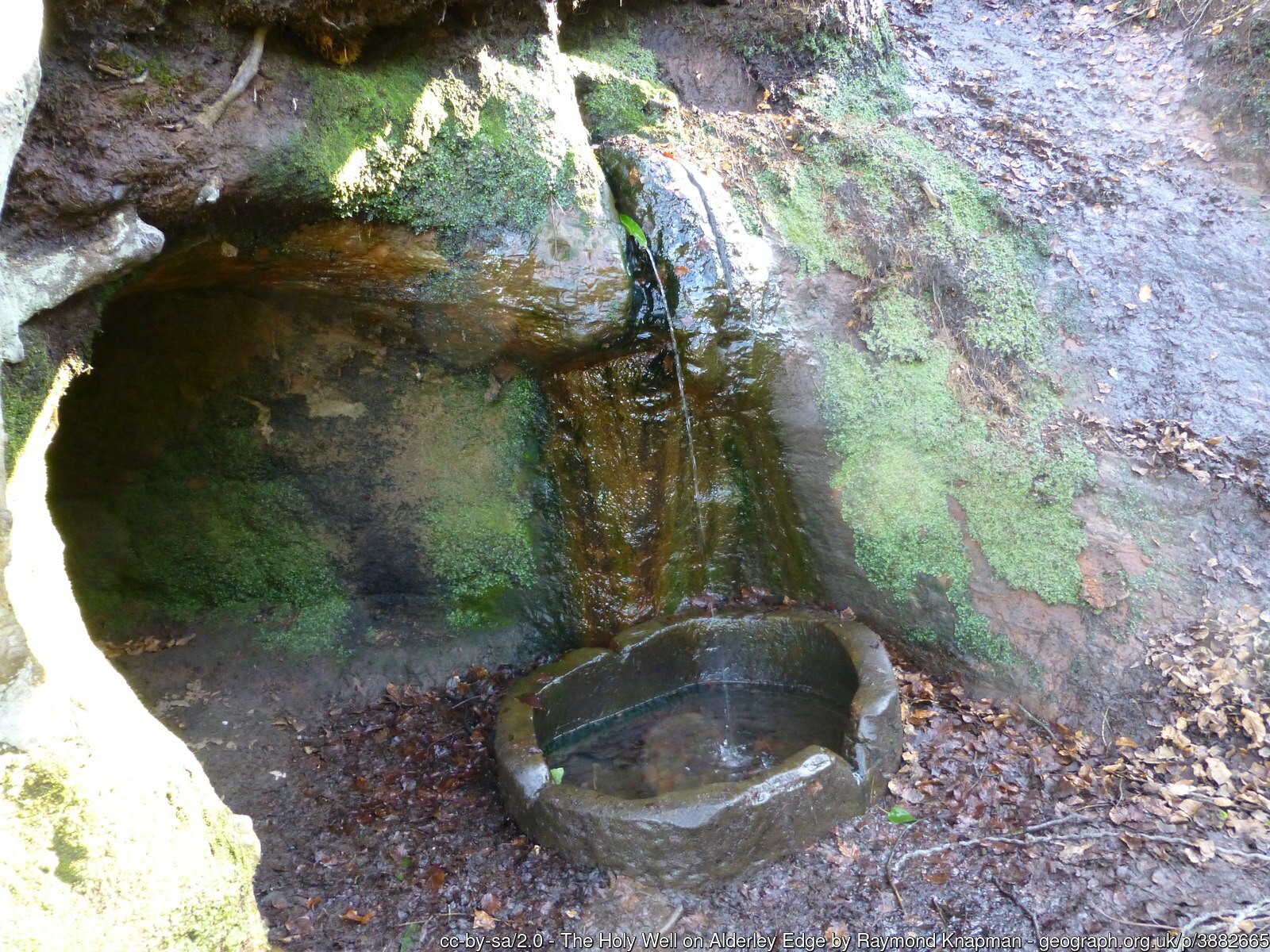
Alderley Edge (or just The Edge) is a red sandstone escarpment rising above the village of the same name in the east of Cheshire. Alderley Edge was the site of mining from early in the Bronze Age to the early 20th century. It is a site of Arthurian legend, upon which Alan Garner based his famous children’s books The Weirdstone of Brisingamen and The Moon of Gomrath. It boasts three mysterious springs: the Holy Well, Wizard’s Well and the Wishing Well. Whilst the Edge is a busy place at weekends, at quieter times it retains the magical and mysterious charm that inspired Garner and the many myths and legends of previous generations. There are spectacular views across the Cheshire Plain and the Peak District.
6. The Lovell Telescope, Jodrell Bank
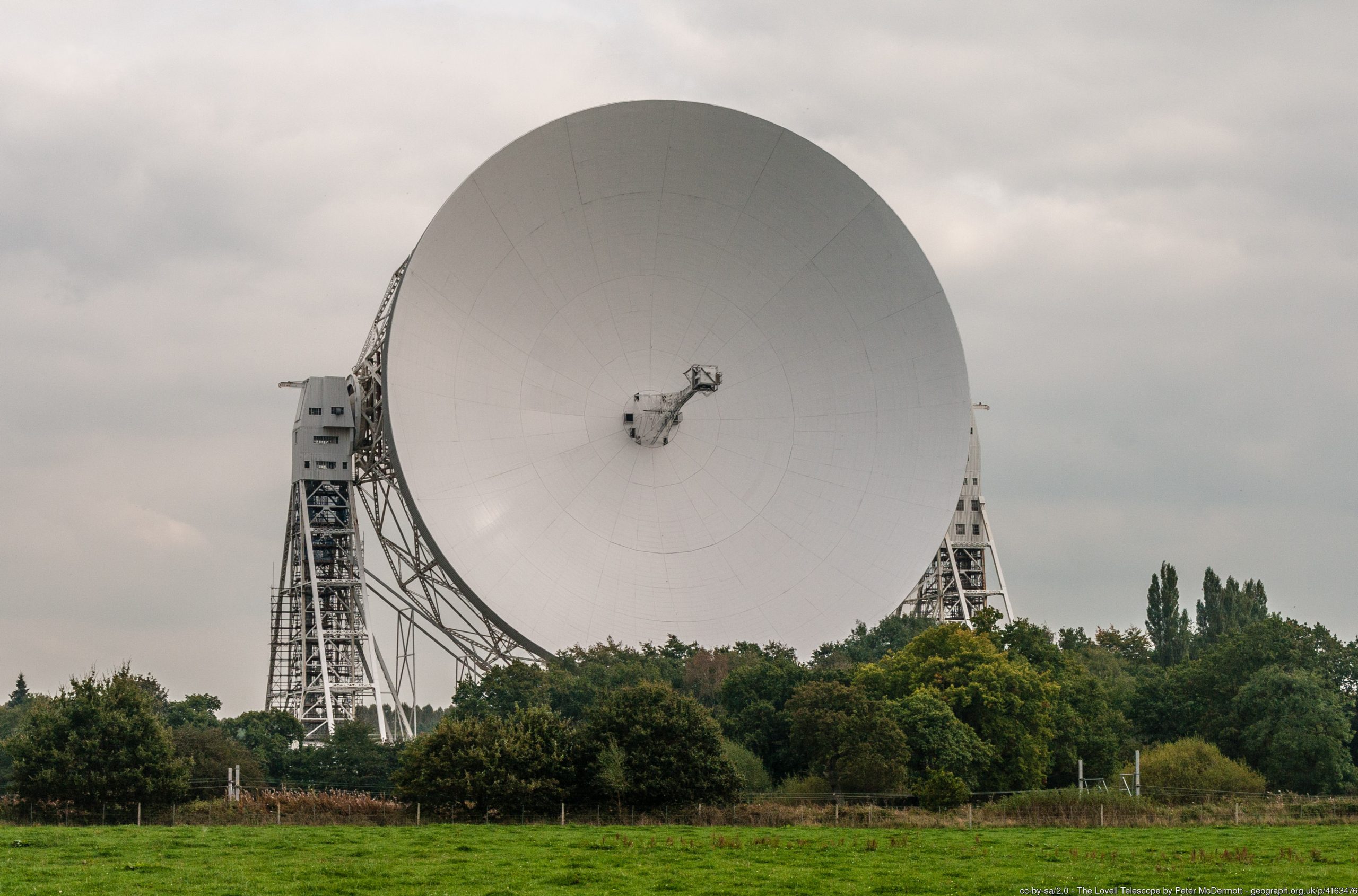
In the very heart of Cheshire, rising above the Plain, is the 250ft Lovell Radio Telescope, the centrepiece of the Jodrell Bank Observatory. The brainchild of Sir Bernard Lovell, the telescope was completed in 1957, the largest steerable dish radio telescope in the world. The telescope can be seen from as far away as the Pennines, Winter Hill in Lancashire and Snowdonia. It remains operational nearly 70 years later having made major contributions to many fields of astronomy including pulsars, quasars, gravitational lenses and cosmology.
7. Bramall Hall, Bramhall, Cheshire
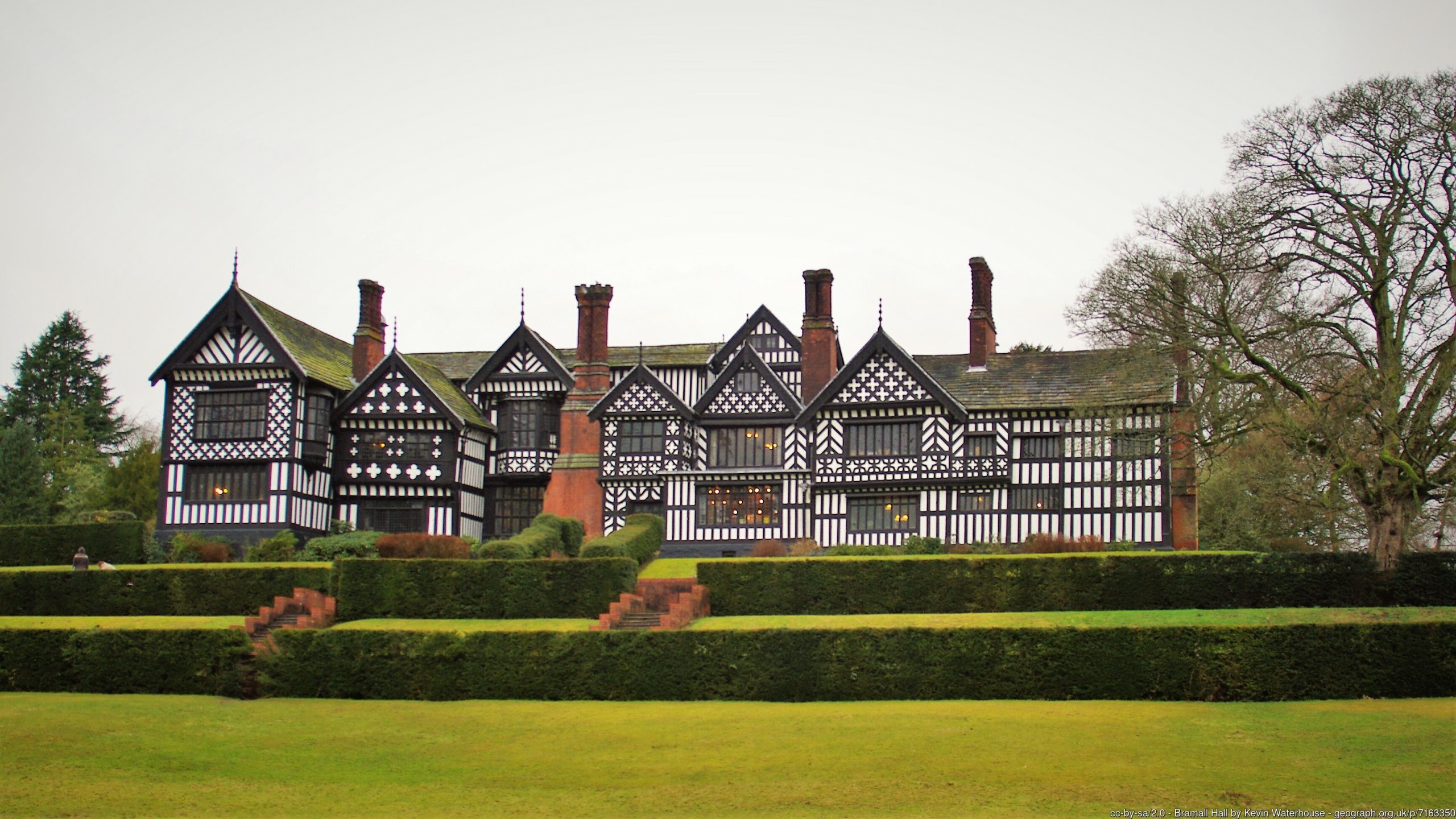
Bramall Hall is a magnificent black and white timber-framed Tudor manor house with origins dating back to mediæval times, located at Bramhall in the north of Cheshire. It is a notable example of the timber-framed buildings found throughout Cheshire. From the late 14th century, the manor of Bramall was owned by the Davenports, who built the present house and remained lords of the manor until 1877. Inside the hall are 16th-century wall paintings, striking Elizabethan plaster ceiling, along with Victorian Kitchens and Servants’ Quarters. It stands in about 70 acres of parkland designed in the Victorian Romantic style.
Choosing a Seven Wonders of Cheshire is, of course, just a bit of fun. There were many other contenders for the list including Brimstage Hall and Tower, Lyme Park, Tatton Park, Lymm Cross, Sandbach Crosses, Dunham Massey Hall, Quarry Bank Mill, Royd House, Chester Cathedral, Chester Castle, Halton Castle, Norton Priory, Stockport Viaduct and Baguley Hall. What would you have chosen?
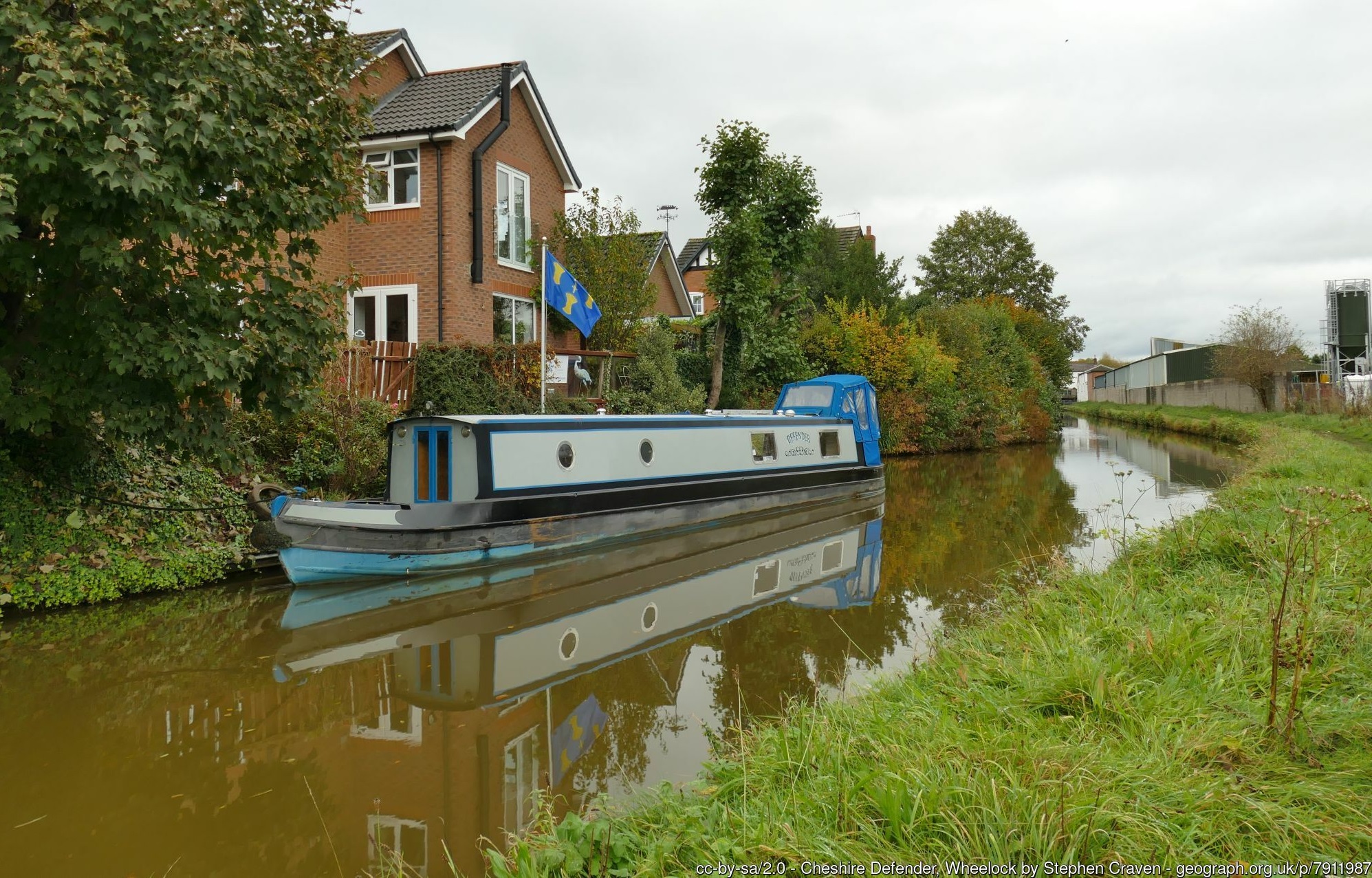
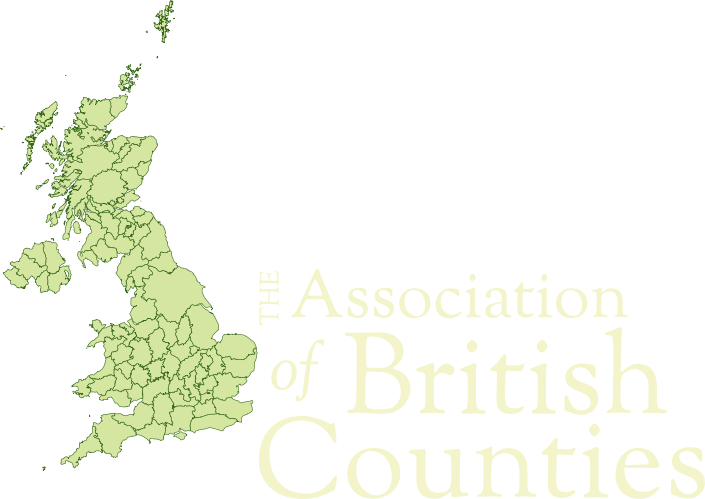
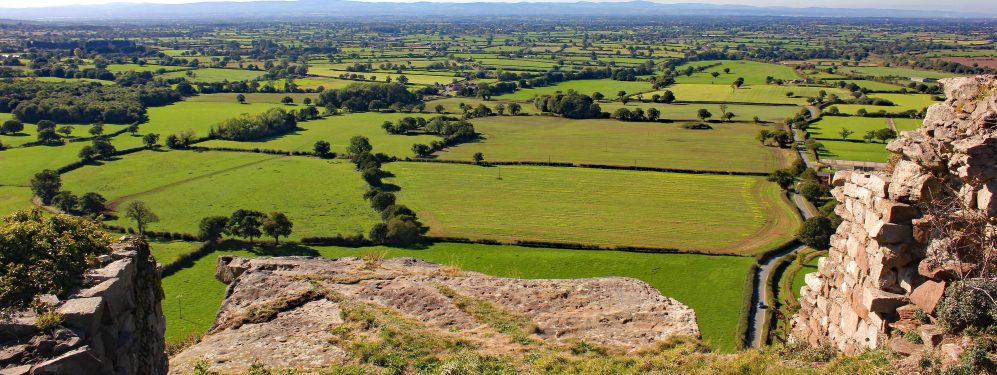
3 thoughts on “Cheshire Day: Seven Wonders of Cheshire”
This is great – many thanks.
David
Most interesting and helpful. Many thanks
A very good and informative rundown of all things Cheshire. Hope everyone had a great Cheshire Day!